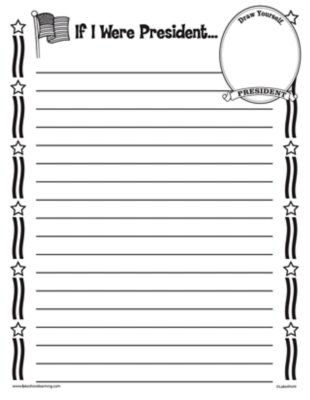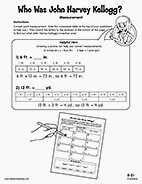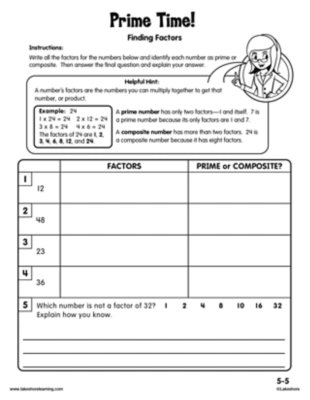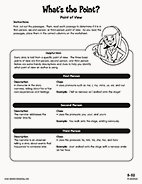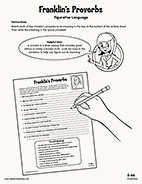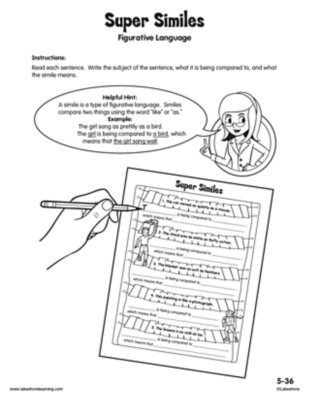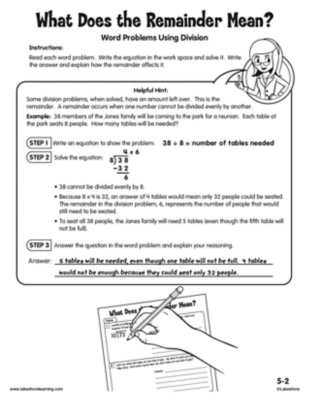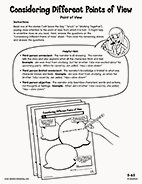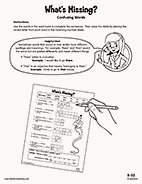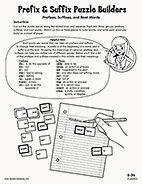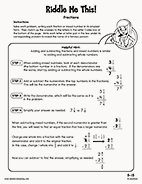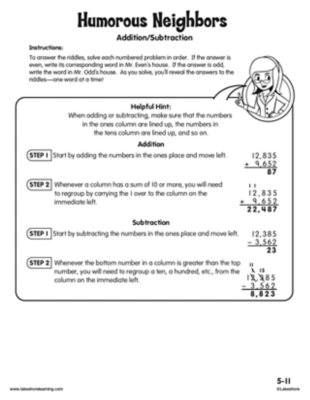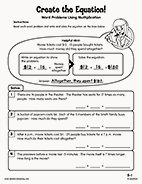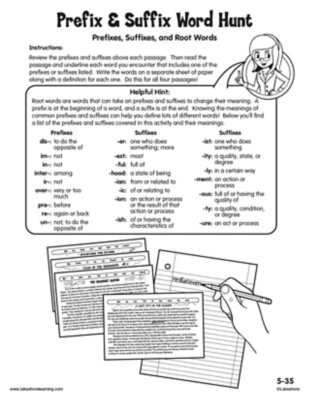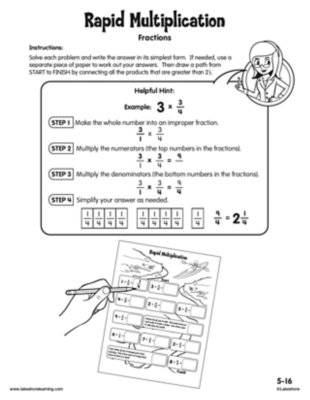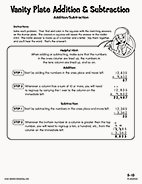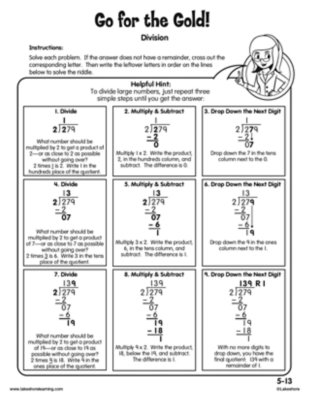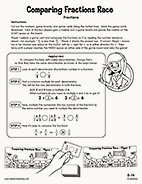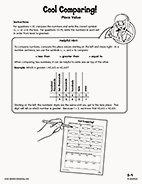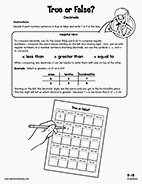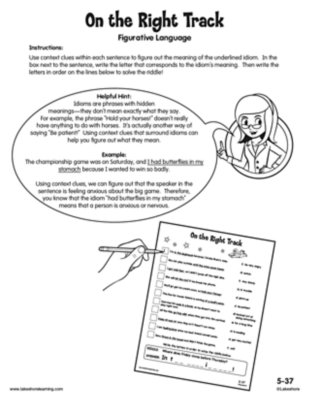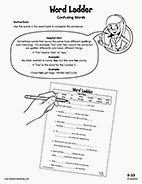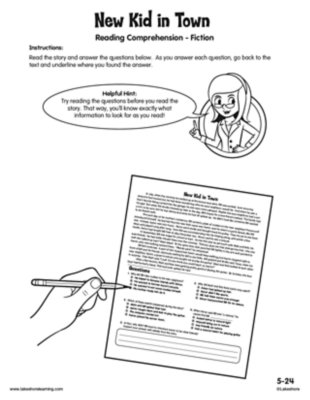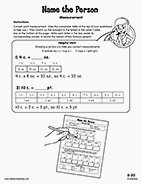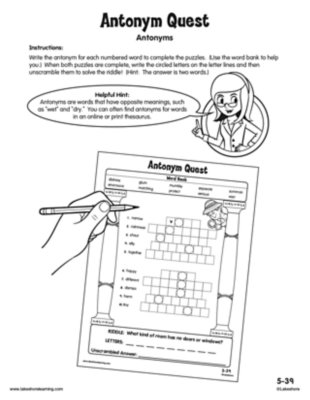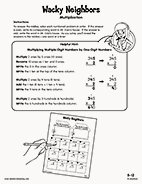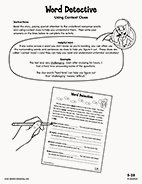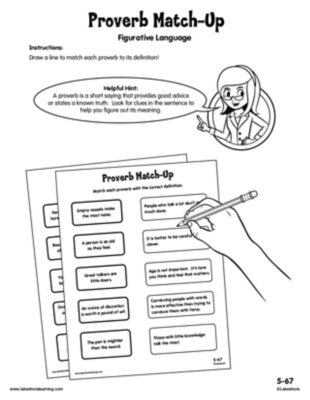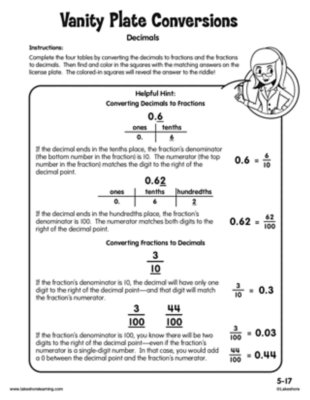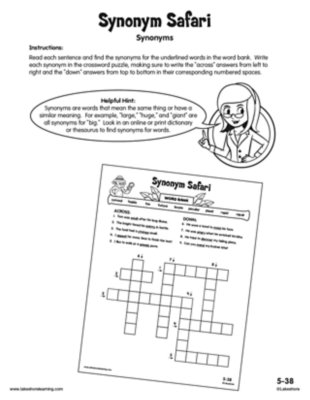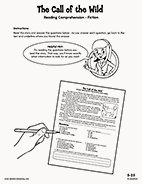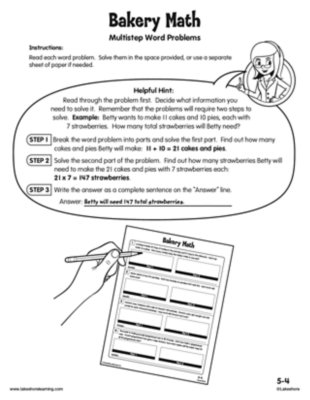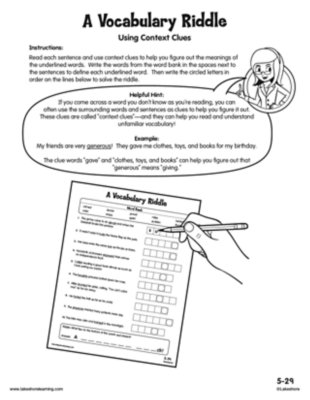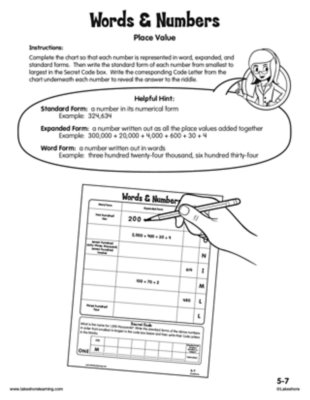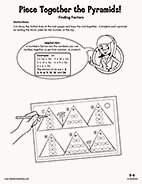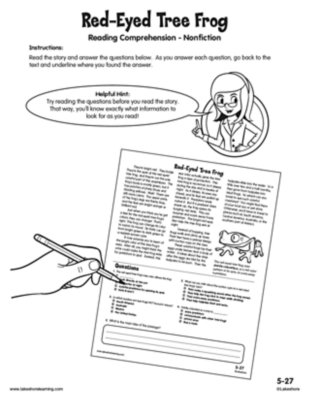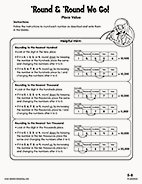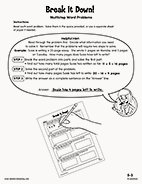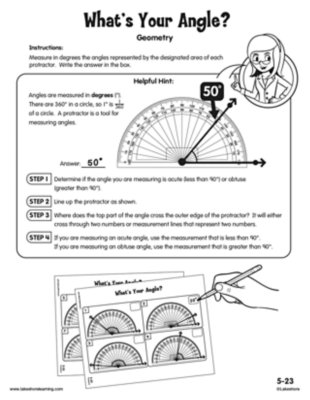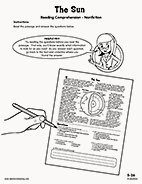Narrow by Grade
- Infant (0)
- Toddler (0)
- Preschool (0)
- Pre-K (1)
- Kindergarten (40)
- 1st (66)
- 2nd (72)
- 3rd (61)
- 4th (47)
- 5th (41)
- 6th & Up (0)
Grade 5th
Narrow by Age
- 0-18m (0)
- 18-36m (0)
- 3 yrs. (0)
- 4 yrs. (0)
- 5 yrs. (0)
- 6 yrs. (1)
- 7 yrs. (1)
- 8 yrs. (1)
- 9 yrs. (1)
- 10 yrs. (41)
- 11 yrs. & Up (0)
Age
0 results for "art" , here are results for "are"
When entering fifth grade, your child should be able to solve problems involving measurement and conversion of measurement.
View worksheetWhen entering fifth grade, your child should be able to identify whether a number is prime or composite and find all the factor pairs for a whole number between 1 and 100. Factors are the numbers that can be multiplied together to reach another number. For example, the factor pairs for 6 are 1 and 6 (because 1 x 6 = 6) and 2 and 3 (because 2 x 3 = 6).
View worksheetDuring fifth grade, your child will learn to describe how a narrator’s or speaker’s point of view influences the way events are described. Your child will also learn to identify the point of view in which a text is written (first person, second person or third person).
View worksheetDuring fifth grade, your child will learn to interpret examples of figurative language, including similes and metaphors, based on the context in which they are used. Your child will also learn to recognize and explain the meaning of common idioms and familiar sayings and expressions, such as, “A bird in the hand is worth two in the bush.”
View worksheetWhen entering fifth grade, your child should be able to figure out the meaning of figurative language, including similes, metaphors and idioms.
View worksheetWhen entering fifth grade, your child should be able to multiply and divide to solve word problems and be able to solve multistep word problems that involve multiplication and division.
View worksheetDuring fifth grade, your child will learn to describe how a narrator’s or speaker’s point of view influences the way events are described. Your child will also learn to identify the point of view in which a text is written (first person, second person or third person).
View worksheetWhen entering fifth grade, your child should be able to correctly use frequently confused words, such as “to” and “two” or “there” and “their.”
View worksheetWhen entering fifth grade, your child should be able to use common, grade-appropriate Greek and Latin prefixes, suffixes and roots to figure out the meaning of a word. For example, “telegraph,” “photograph” and “autograph” all contain the Greek root “graph,” which refers to something that is written or drawn.
View worksheetWhen entering fifth grade, your child should be able to compare fractions, add and subtract fractions with the same denominator and multiply a fraction by a whole number.
View worksheetWhen entering fifth grade, your child should be able to easily add and subtract multidigit whole numbers.
View worksheetWhen entering fifth grade, your child should be able to multiply and divide to solve word problems and be able to solve multistep word problems that involve multiplication and division.
View worksheetWhen entering fifth grade, your child should be able to use common, grade-appropriate Greek and Latin prefixes, suffixes and roots to figure out the meaning of a word. For example, “telegraph,” “photograph” and “autograph” all contain the Greek root “graph,” which refers to something that is written or drawn.
View worksheetWhen entering fifth grade, your child should be able to compare fractions, add and subtract fractions with the same denominator and multiply a fraction by a whole number.
View worksheetWhen entering fifth grade, your child should be able to easily add and subtract multidigit whole numbers.
View worksheetWhen entering fifth grade, your child should be able to multiply a number with up to four digits by a one-digit number and a two-digit number by another two-digit number. Your child should also be able to divide numbers with up to four digits by a one-digit number, including problems with remainders.
View worksheetWhen entering fifth grade, your child should be able to compare fractions, add and subtract fractions with the same denominator and multiply a fraction by a whole number.
View worksheetWhen entering fifth grade, your child should be able to compare and round multidigit numbers. Your child should also be able to read and write multidigit numbers in number, word and expanded form. For example, 765; seven hundred sixty-five; 700 + 60 + 5.
View worksheetWhen entering fifth grade, your child should be able to compare decimals to the hundredths place, such as 0.45 and 0.07. Your child should also be able to write fractions with denominators of 10 or 100 as decimals, such as writing 3/10 as 0.3 and writing 34/100 as 0.34.
View worksheetWhen entering fifth grade, your child should be able to figure out the meaning of figurative language, including similes, metaphors and idioms.
View worksheetWhen entering fifth grade, your child should be able to correctly use frequently confused words, such as “to” and “two” or “there” and “their.”
View worksheetWhen entering fifth grade, your child should be able to read, analyze and understand level-appropriate stories, dramas and poems—exploring key events and details, analyzing characters, examining point of view and making inferences.
View worksheetWhen entering fifth grade, your child should be able to solve problems involving measurement and conversion of measurement.
View worksheetWhen entering fifth grade, your child should be able to understand words by relating them to their opposites (antonyms) and to words with similar but not identical meanings (synonyms).
View worksheetWhen entering fifth grade, your child should be able to multiply a number with up to four digits by a one-digit number and a two-digit number by another two-digit number. Your child should also be able to divide numbers with up to four digits by a one-digit number, including problems with remainders.
View worksheetWhen entering fifth grade, your child should be able to figure out the meaning of an unfamiliar word or phrase by using clues in the text, such as definitions or examples.
View worksheetDuring fifth grade, your child will learn to interpret examples of figurative language, including similes and metaphors, based on the context in which they are used. Your child will also learn to recognize and explain the meaning of common idioms and familiar sayings and expressions, such as, “A bird in the hand is worth two in the bush.”
View worksheetWhen entering fifth grade, your child should be able to compare decimals to the hundredths place, such as 0.45 and 0.07. Your child should also be able to write fractions with denominators of 10 or 100 as decimals, such as writing 3/10 as 0.3 and writing 34/100 as 0.34.
View worksheetWhen entering fifth grade, your child should be able to understand words by relating them to their opposites (antonyms) and to words with similar but not identical meanings (synonyms).
View worksheetWhen entering fifth grade, your child should be able to read, analyze and understand level-appropriate stories, dramas and poems—exploring key events and details, analyzing characters, examining point of view and making inferences.
View worksheetWhen entering fifth grade, your child should be able to solve multistep word problems using addition, subtraction, multiplication and division, including problems with remainders.
View worksheetWhen entering fifth grade, your child should be able to figure out the meaning of an unfamiliar word or phrase by using clues in the text, such as definitions or examples.
View worksheetWhen entering fifth grade, your child should be able to compare and round multidigit numbers. Your child should also be able to read and write multidigit numbers in number, word and expanded form. For example, 765; seven hundred sixty-five; 700 + 60 + 5.
View worksheetWhen entering fifth grade, your child should be able to identify lines and angles, measure angles, understand symmetry and classify shapes based on their lines and angles. For example, your child should be able to classify right triangles by seeing that they have a 90-degree angle.
View worksheetWhen entering fifth grade, your child should be able to identify whether a number is prime or composite and find all the factor pairs for a whole number between 1 and 100. Factors are the numbers that can be multiplied together to reach another number. For example, the factor pairs for 6 are 1 and 6 (because 1 x 6 = 6) and 2 and 3 (because 2 x 3 = 6).
View worksheetWhen entering fifth grade, your child should be able to read, analyze and understand level-appropriate nonfiction reading passages, finding the main idea and important details, comprehending key words and phrases, comparing different accounts of the same event or topic and making inferences.
View worksheetWhen entering fifth grade, your child should be able to compare and round multidigit numbers. Your child should also be able to read and write multidigit numbers in number, word and expanded form. For example, 765; seven hundred sixty-five; 700 + 60 + 5.
View worksheetWhen entering fifth grade, your child should be able to solve multistep word problems using addition, subtraction, multiplication and division, including problems with remainders.
View worksheetWhen entering fifth grade, your child should be able to identify lines and angles, measure angles, understand symmetry and classify shapes based on their lines and angles. For example, your child should be able to classify right triangles by seeing that they have a 90-degree angle.
View worksheetWhen entering fifth grade, your child should be able to read, analyze and understand level-appropriate nonfiction reading passages, finding the main idea and important details, comprehending key words and phrases, comparing different accounts of the same event or topic and making inferences.
View worksheet